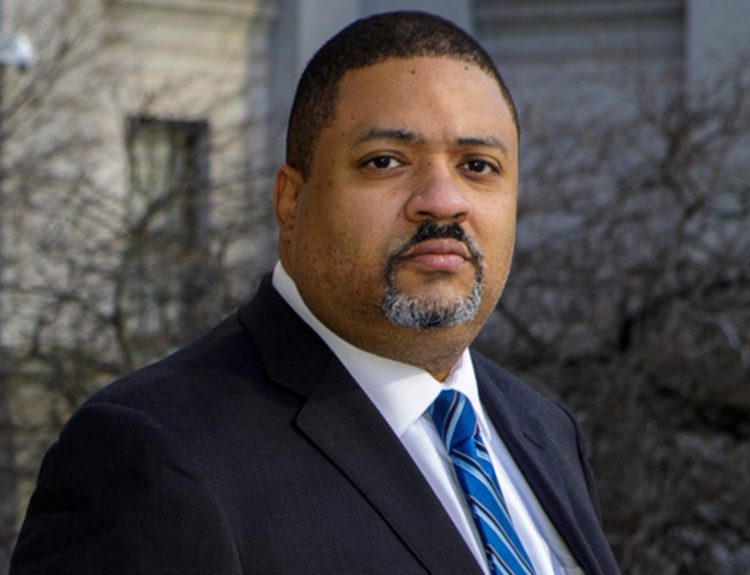2014, after his first cabinet meeting, then-President Obama stated, “I’ve got a pen, and I’ve got a phone.” A decade later, these words have echoed through the halls of power and changed how Presidents have approached governance and lawmaking. Let’s see how this change happened.
Executive Action First
Obama’s statements about his pen and phone policy were no joke. His words relayed a frustration with the lawmaking process, and to avoid dealing with Congress, he would first aim for executive action.
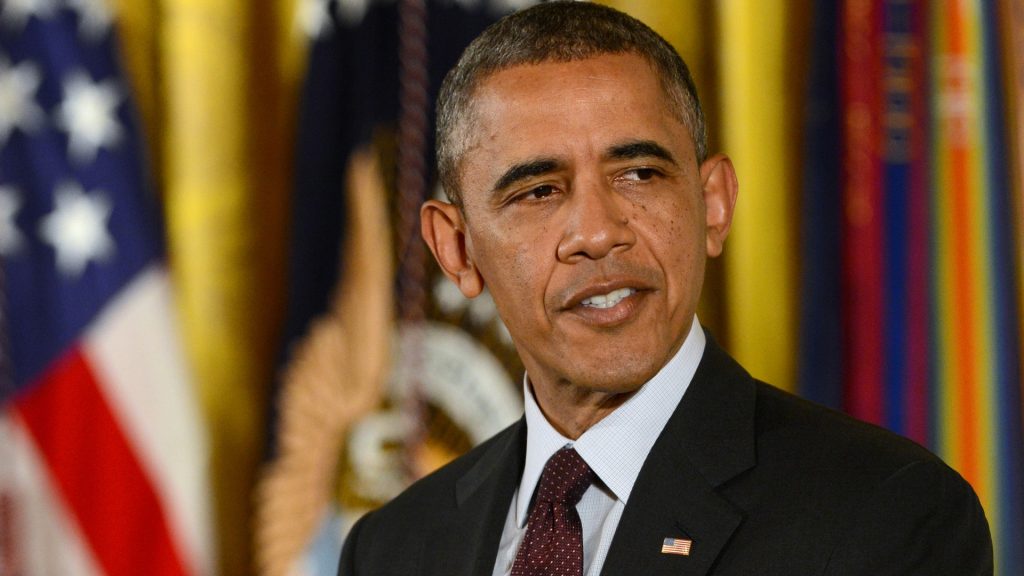
This approach could be seen as a President who wants to get things done, and many of Obama’s supporters saw it as a positive step. When a non-Democratic president took office, however, it became a problem. But how big a problem is it?
What Is Executive Action?
When a President issues an executive order, it goes out to a particular state employee and can only be done under the statutory or constitutional powers of the President. It’s like when a CEO writes a letter to someone else in a company to make something happen.
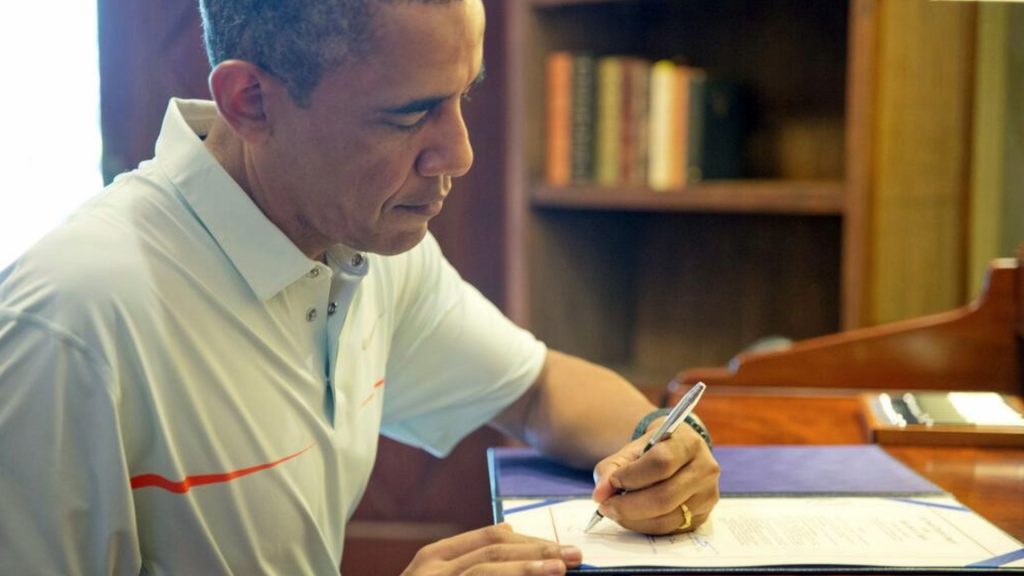
Yet, the orders issued can’t go beyond the powers the President has. An executive order can potentially be invalidated by the courts or by Congress, which can pass legislation to address the matter.
What’s the Big Deal?
One of the first things many commentators had to say about the situation was that it was a step away from democracy and towards dictatorship. From a cursory understanding, it could certainly seem so.
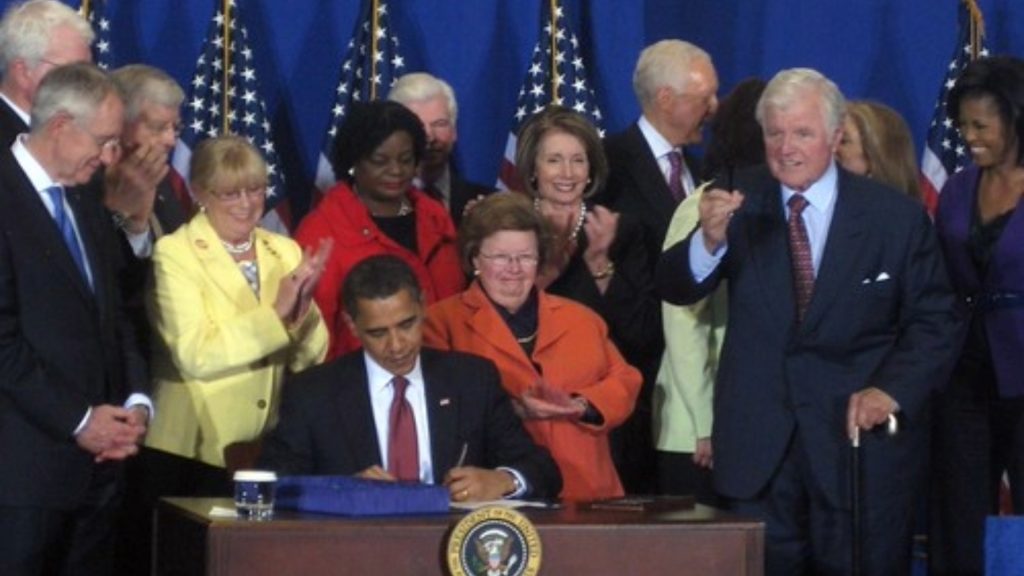
If the President could dictate orders to anyone in the government without consulting Congress, his advisors, or Chiefs of Staff, he could do whatever he wanted. It set the stage for a unilateral Presidency.
The Remnants of This Decision Linger
Obama continued to use his pen and phone aggressively throughout his presidency. And since he was so open in doing that, all of his predecessors have adopted his aggressive executive action stance.

According to a recent examination of the spending due to Obama’s executive actions, it showed a total cost of $31 billion to the average taxpayer. That sounds like quite a lot, considering all it took was a pen and a phone.
Surprisingly Little Pushback
Obama’s executive action approach got little pushback from only a few areas. Most vocal were the far-right commentators who were quick to declare it a socialist or communist coup. However, liberal voices were notably absent.
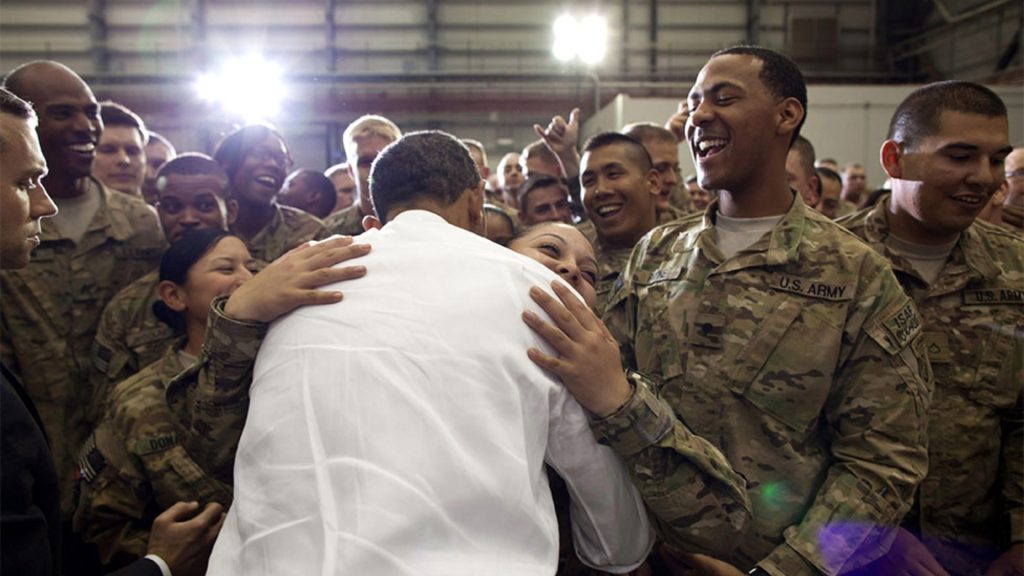
In fact, many of Obama’s hardline supporters saw very little problem with his policymaking. The irony comes to a head when Obama’s successor, Donald Trump, would follow the same mold set by Obama.
Eager to Continue On The Same Path
Many executive actions also marked Trump’s time in office, although he faced significant pushback from areas of the establishment. Instead of playing along with the Constitution, Trump seemed annoyed by it.
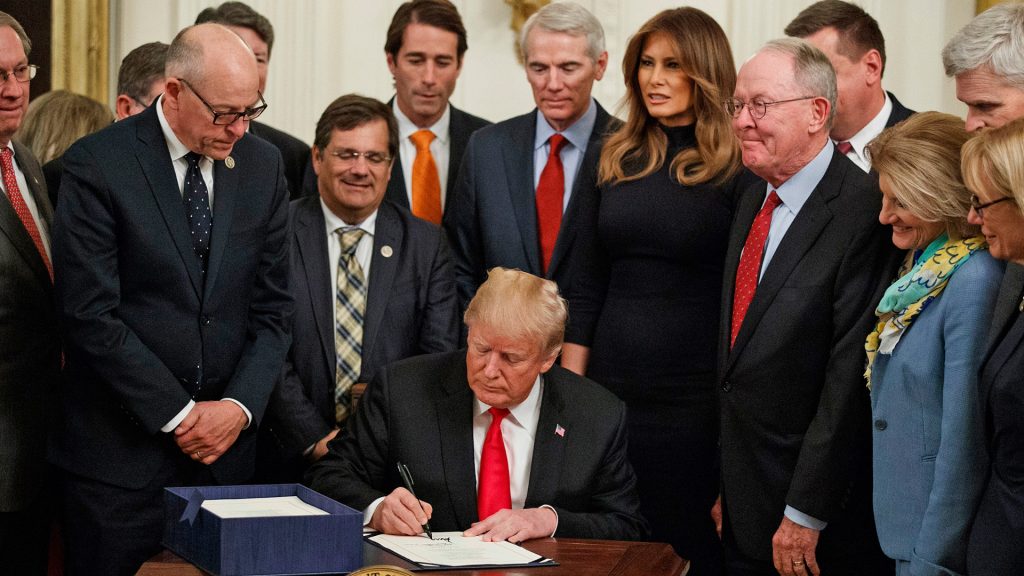
One of his most memorable actions was to declare a national emergency and use that as an excuse to build a border wall with Mexico. A Republican congressman rebuked Trump for his frivolous use of the national emergency declaration.
Not All of Trump’s Unilateral Decisions Were Questionable
Like the border wall debacle, Trump’s abuse of executive power was questionable. Some of them were used to reverse legislation implemented by his predecessor, in line with election promises.
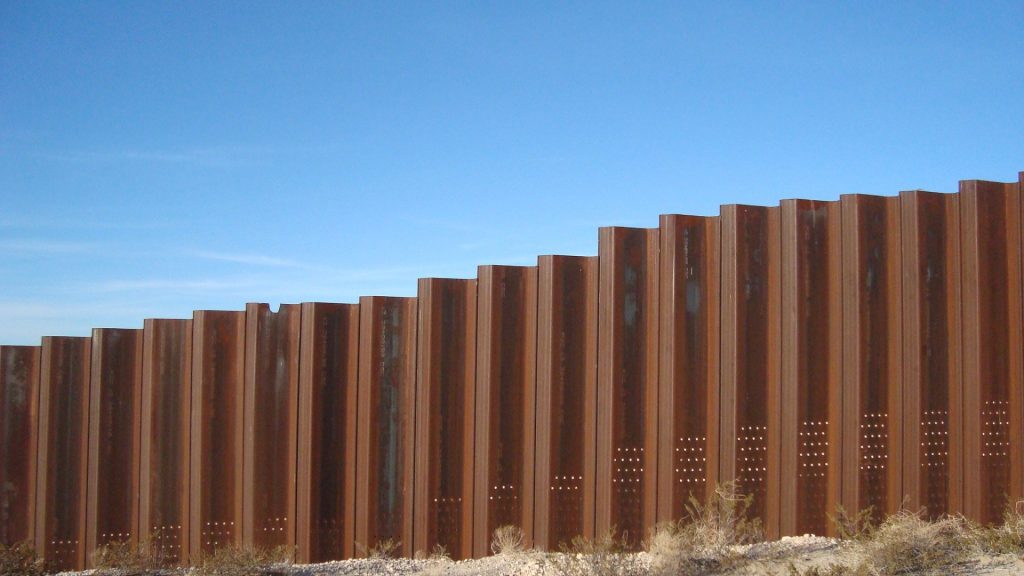
However, a vast number of them dealt with actual issues, even though the mainstream press did not highlight them. There were a few positive points, from reorganizing the executive branch to improving accountability and protection for veteran whistleblowers.
Biden Continues the Trend of Executive Action
For two consecutive Presidential terms, executive actions or “the pen and phone approach” was how Presidents got stuff done. Biden was not going to back away from doing the same.
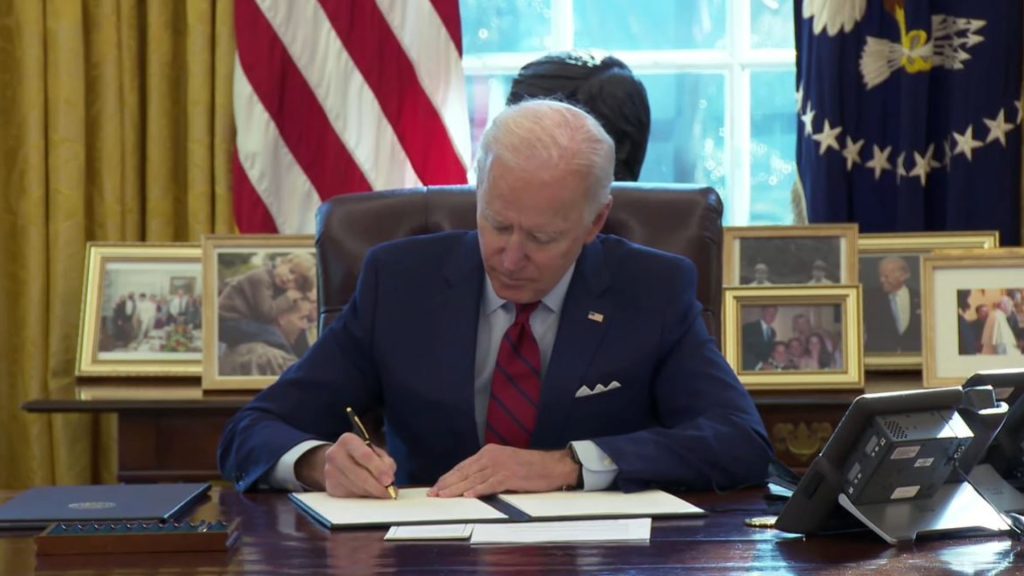
However, a few of his executive actions seemed unconstitutional and resulted in the government being taken to court. One of those unconstitutional executive actions happened during COVID-19, banning renters from being evicted.
An Action With a Plan
Most people today agree that banning evictions was unconstitutional, and it’s likely that Biden even knew that when he signed it into law. However, his aim wasn’t really to deny the eviction.
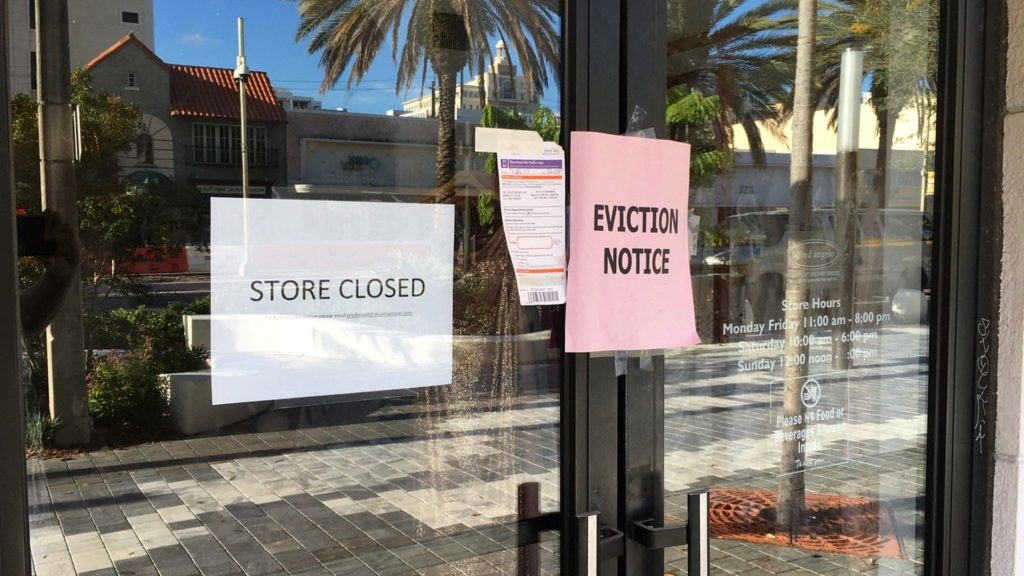
In many of these cases, the tenant needed a bit more time to find somewhere else to live. By the time the decision went to the courts and his action was overruled, the tenant would have had the time to find a new place to live.
Influencing the Vote
Another of Biden’s massive executive orders was canceling a significant portion of student debt. It seems generous on the surface until you delve into the timing of this particular executive action coming into effect.

The Democrat party wanted to tap into younger voters, and many of these were suffering from student debt. This repeal of their debt prompted them to come out and vote in huge volumes, bolstering numbers in many electoral districts.
A Requirement for CHIPS-Funded Employers
The CHIPS Act allowed the government to fund semiconductor research and development. This act was the first step in making the US self-sufficient in manufacturing microchips.

One of Biden’s executive actions forced CHIPS-funded employers to have in-house child care as a requirement for their workers. Nowhere in the act is this mentioned, but it was inserted afterward by executive action.
Americans Will Start to Expect It
Why is executive action such a big deal anyway? Aside from the fact that it creates a dictatorial environment that could run ragged over constitutional rights, the most damage has already been done.

With so many administrations relying on executive action, most Americans no longer bat an eye when a President signs something into law bypassing Congress entirely. This is a disturbing trend since Americans will now accept this as normal from presidents.
Is There a Way Back?
The easiest thing would be just to accept that this is the way things are now. However, this slippery slope could lead to severe curtailment of rights under the Constitution. Is the time for pushing back already past?
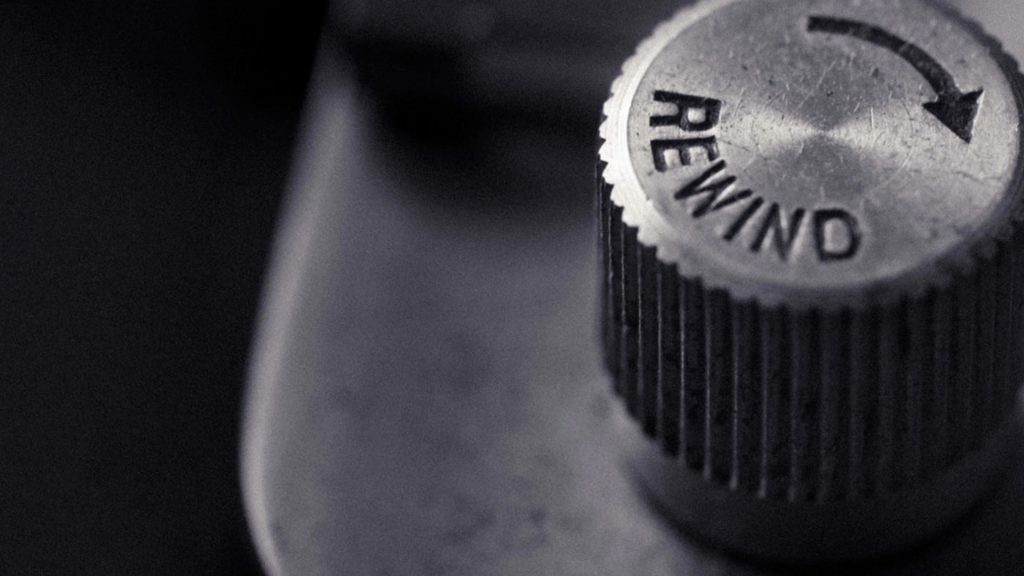
For a pushback to happen, the American public must be aware of what their rights are and what a Presidential executive order can do. For this, a better understanding of the Constitution is necessary.
More Than Listening to People Talk
Most Americans today get their information from podcasts and news agencies that skew one way or the other. Much of this information may be tangential to the Constitution, and Americans may think they have a good grasp of it.

Yet, sadly, the lack of holding democratically elected officials accountable for not representing those constituents’ best interests denies that assumption. Education has to go beyond listening to the flavor of the day from commentators.
What are the Chances that a President Will Reverse This?
Suppose we assume that the average American isn’t going to get more educated about the Constitution. In that case, we’re faced with the real possibility that a President will have to undo all the damage that’s been done.

However, this is a huge ask. Executive actions grant a sitting President massive power. Even if their actions were to be overruled later on, it still allows them to get things done without consulting Congress.
Against Their Own Interests
A President who wants to roll back the number of executive actions they perform can easily do this by not signing any of them. The phone and the pen would sit idle, but the draw of doing this is far too much for many people.

With such an easy way to make things happen, the temptation is usually far too much for politicians to pass up. As the saying goes, absolute power corrupts absolutely, and that may be true in this case.
Constitutional Limits Must Be Respected
What makes the US such a leader in the world regarding Democracy and Freedom? The US Constitution enshrines the rights of every American, and no one, not even a President, should have the right to walk all over those rights.
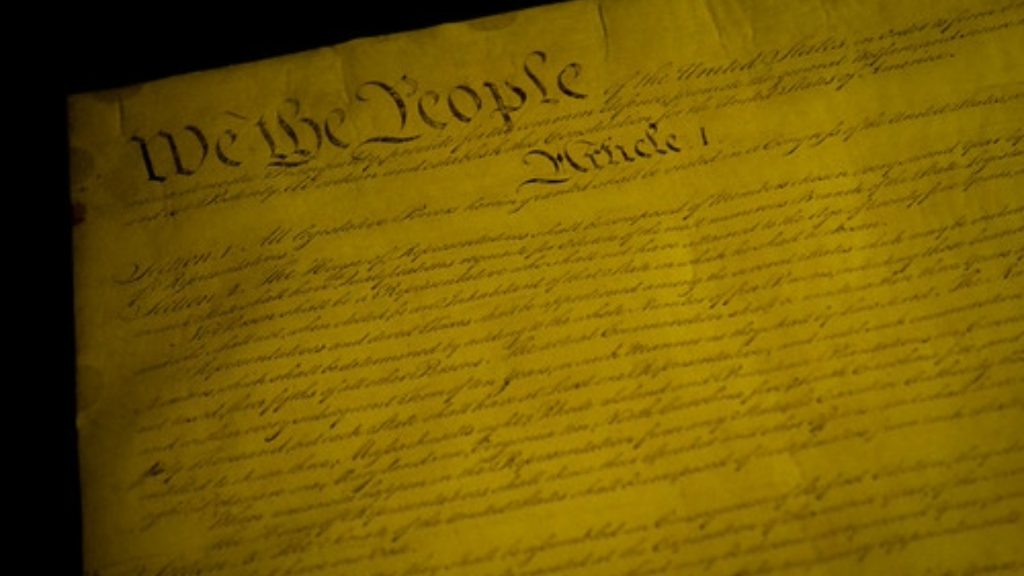
A President who is overstepping his boundaries with their executive orders needs to be held accountable for their actions. Nothing they do should be above consideration, even if it seems like it’s for the best at the time.
Be Wary Of Anything Done For the Greater Good
Some of the best-intentioned decisions lead to unforeseen negative fallout. Many Presidents state that their executive actions were done for the greater good. For their supporters and those aligned with them politically, that is enough to understand why they were signed into law.
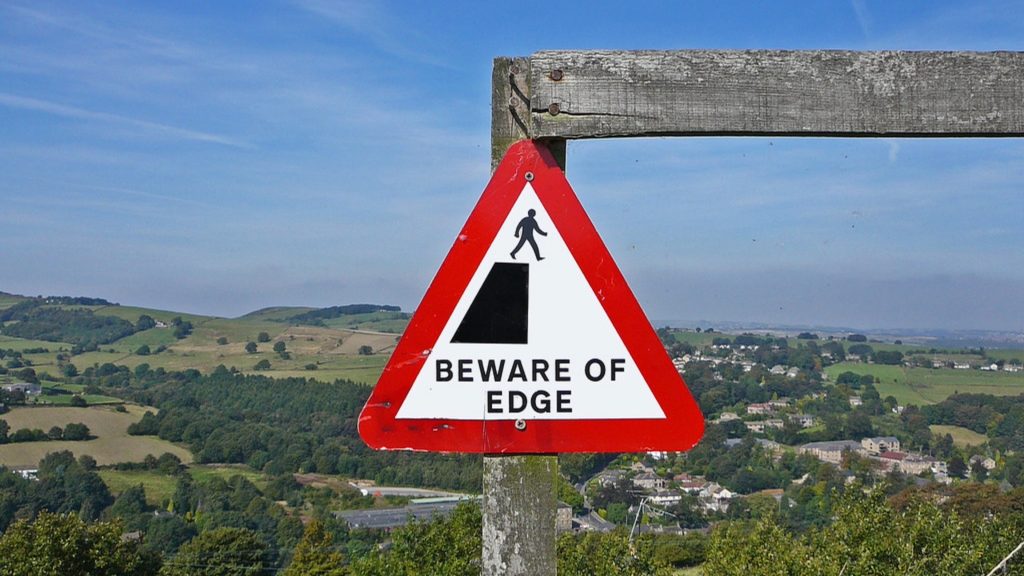
Yet, the road to hell is paved with good intentions. As with many things, governmental and Presidential decisions have far-reaching consequences that no one can predict. Accountability is the only way that Presidents will have to answer for actions stemming from their executive order. It might make them think twice about going about their policymaking with the phone and the pen.




